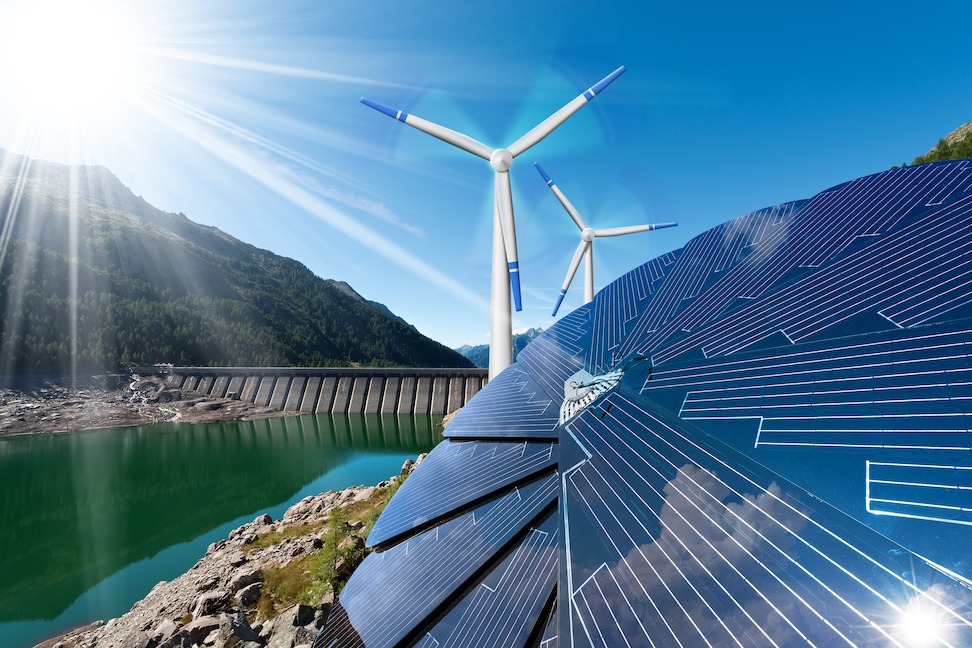This post is part of a five-part series providing an overview of Power2Peer’s clean energy marketplace, a blockchain-secured trading platform where producers and consumers can exchange clean energy kilowatts for fair market value. Learn more about Power2Peer’s mobile app, P2PConnect, and join the green energy revolution!
Part 2: Integrating Residential Solar and Other Renewables with Microgrid Technology
So you understand how residential solar works to collect sunlight and turn it into usable electricity. Power2Peer doesn’t stop there. The next step is creating a network where renewable energy can be transmitted from one place to another.
Microgrids offer a number of key features that make renewable energy both more efficient and more dependable. As we have mentioned in Part 1, with any residential solar installation there will often be times during peak sunlight hours when not enough energy is being used, creating a “runoff” problem—wasted energy. While larger battery units are still quite expensive for residential scale application, microgrids offer another outlet: your neighbors!
By creating a peer-to-peer microgrid network, individuals are empowered to source their energy from verified clean energy producers. This could mean not just solar but wind, geothermal, and hydroelectric power. For the average residential solar panel owner, microgrids provide a way to obtain fair market value for extra solar energy collected during the day. Integrated clean energy microgrids could even connect local solar producers with larger-scale battery bank operators, so that one can store what the other cannot yet use.
Lastly, microgrids protect communities against the fragility of the main grid. Renewable energy production is much more resilient in the face of extreme weather, which wreaks havoc on our infrastructure more frequently each year. When grid maintenance can take weeks following blizzards and hurricanes, solar panels, for example, are often back online as soon as the storm passes. Microgrids provide a lifesaving backup source of energy that can keep the lights on while grid operators make their repairs.
To learn more about Power2Peer’s clean energy marketplace vision, click here. And be sure to stay tuned for Part 3, where we will explore the application of blockchain technology to the clean energy microgrid.

